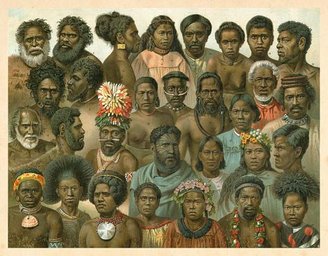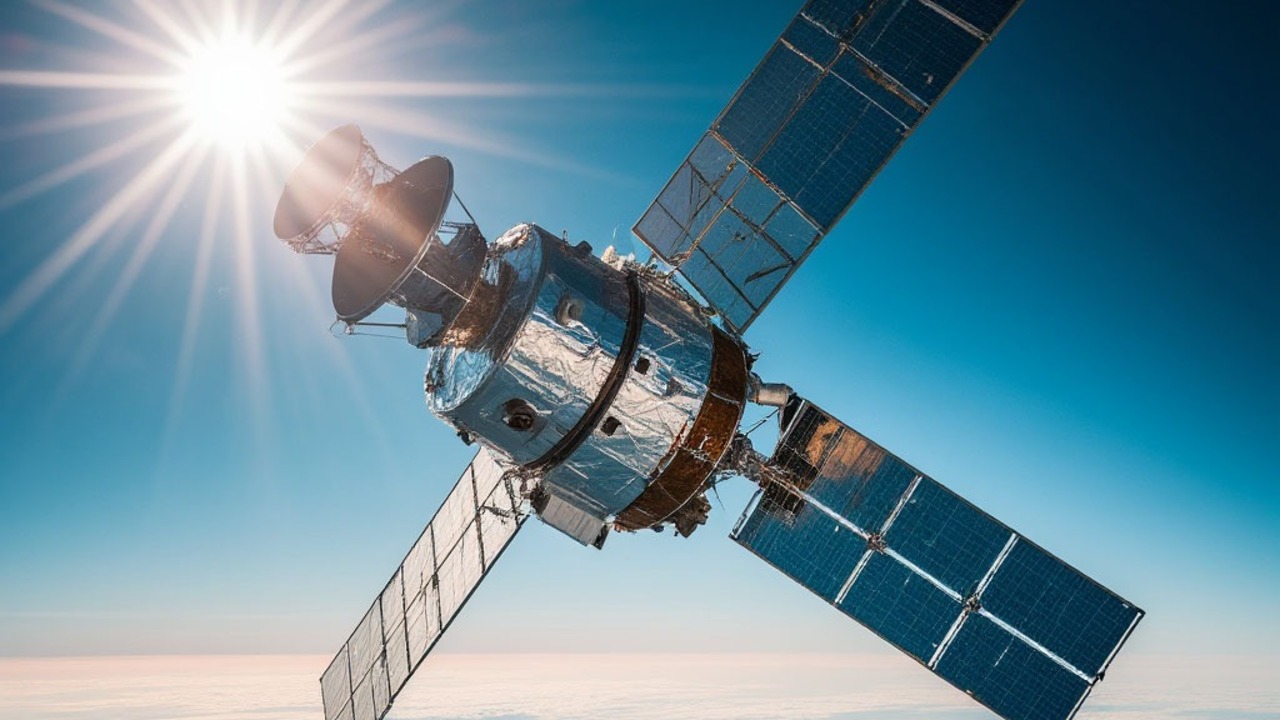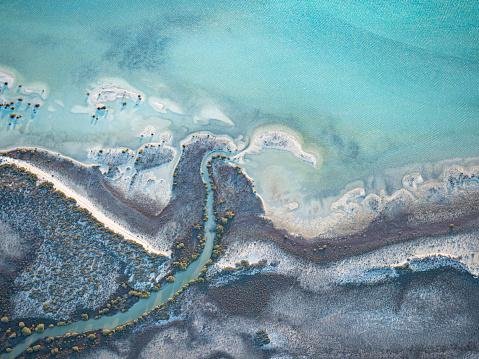During recent research, researchers from Griffith and Wollongong Universities in Australia discovered that: A vast underwater area off the coast of the country that may have been home to a population of half a million. Sonar mapping has revealed a landscape almost twice the size of the United Kingdom.
A sort of Australian version of the legendary continent Atlantis, the underwater region bore traces of freshwater rivers and lakes over an area so large that it could be used today as a continental bridge for migration from Indonesia to Australia. He says the research was recently published in the journal Quaternary Science Reviews.
According to lead author Kasih Norman of Griffith, these ancient Australian lands that are now under water were once part of Australia. From the paleocontinent called Sahul, which joins the present parts of Australia, New Guinea and Tasmania.
Is it a habitable and populous continent?
The new study challenges the long-held belief that Australia’s continental borders are inefficient. According to the authors, Between 71,000 and 59,000 years ago sea level was almost 40 meters lower than today. At that time, it was possible to reach the necklace-shaped archipelago at the northwestern tip of the continent by canoe.
With the end of the ice age, the polar ice caps began to melt, causing the sea to rise from 1 meter to almost 5 meters per year between about 14 thousand and 14.5 thousand years ago. According to Norman, “more than 100 thousand square kilometers of land were flooded during this 400-year period.”
Genomes of indigenous peoples confirm escape from sunken continent

Between 12,000 and 9,000 years ago, this pattern repeated, with another 100,000 square kilometers swallowed by the sea. As a result, residents witnessed the rapid change of the landscape before them and were pushed further and further back to escape the invading coast that was submerging everything, says Norman.
Coincidentally, this theory has also been confirmed by a new study published in the journal Nature, conducted by scientists from other Australian universities and the National Indigenous Genomics Centre. Studying the genetics of people living on the Tiwi Islands at the edge of the shelf, scientists discovered new populations arrived in this region at the end of the last glacial period.
Additionally, around 14,000 years ago and then between 12,000 and 9,000 years ago, archaeological records from surrounding areas of present-day Australia reveal a significant increase in stone tool deposits. “This is often interpreted to mean that there are suddenly a lot more people coming into that area,” Norman concludes.
Stay up to date with the latest studies on the evolution of planet Earth at TecMundo. If you wish, enjoy exploring the world’s largest asteroid crater buried in Australia.
Source: Tec Mundo
I’m Blaine Morgan, an experienced journalist and writer with over 8 years of experience in the tech industry. My expertise lies in writing about technology news and trends, covering everything from cutting-edge gadgets to emerging software developments. I’ve written for several leading publications including Gadget Onus where I am an author.













